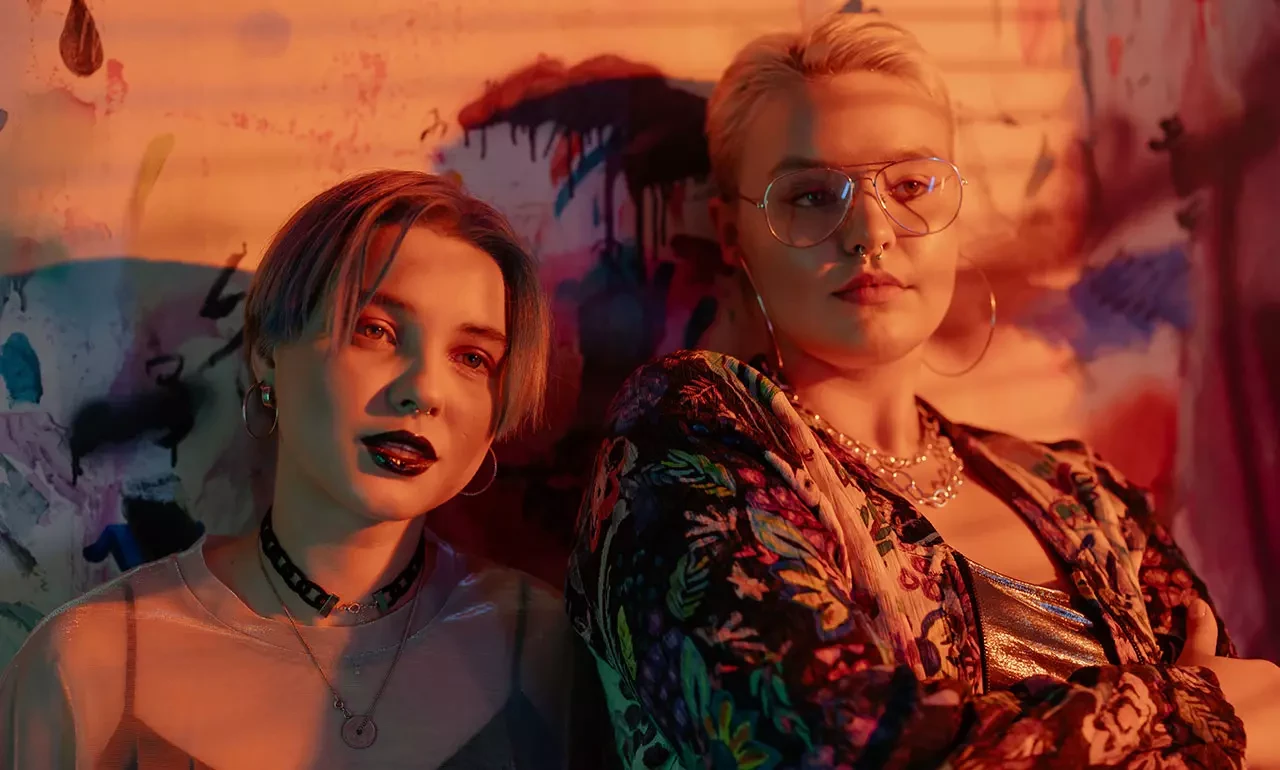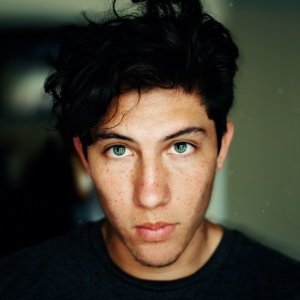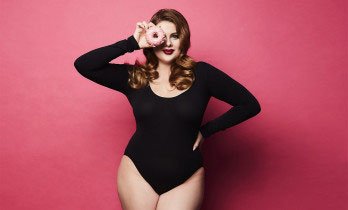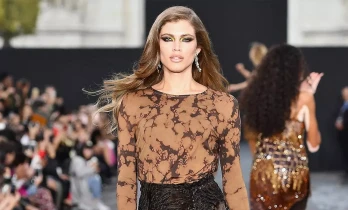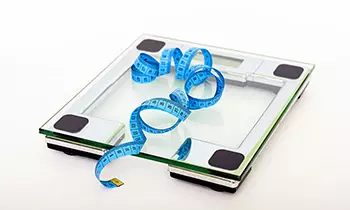Over the past few centuries, one thing in the fashion industry never really changed: the hourglass figure. If a woman wanted to become a model, her body had to be shaped a certain way. Being the right height and having a certain BMI were two other important criteria that had to be fulfilled. These strict requirements have often been criticised as they can cause eating disorders and distorted body images in women. Fortunately, things in the modelling industry have slowly started to change. In this article, you will learn why personality should always matter more than any measuring tape and how, luckily, more and more people in the fashion industry seem to agree with that.
Every society in this world has had their beauty ideals that have changed over time. The problem with that is that only a small percentage of people conform to the respective ideals − which in turn means that the vast majority of people work towards achieving them. Especially on social media those who conform to beauty norms have been idolised while those who do not have been victims of discrimination, insult and humiliation.
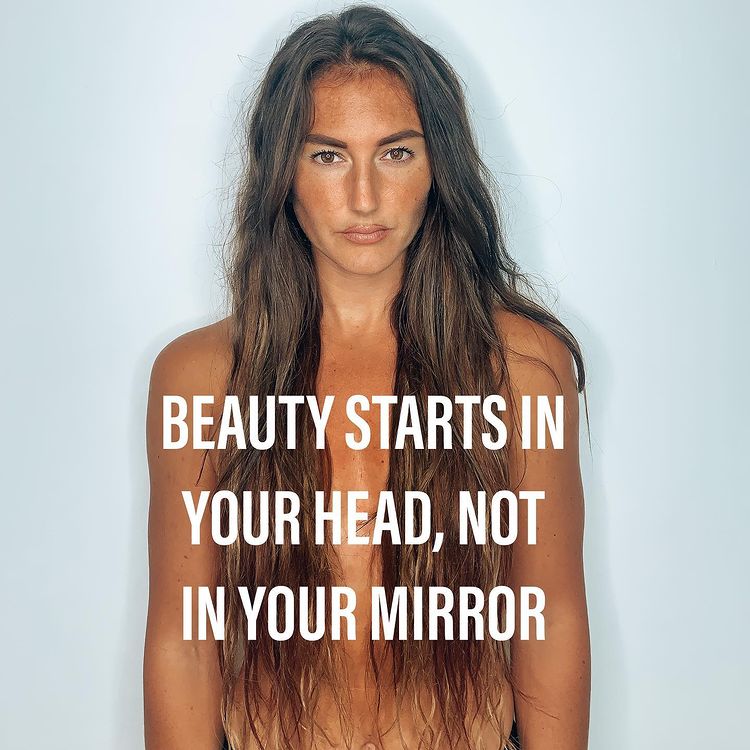
What is Body Positivity?
The so-called Body Positivity movement has been challenging established beauty ideals. Its goal is to convince people of their own beauty and help them accept their bodies. To achieve this, it is important to realise that the societal beauty standards often distort our perceptions of our own bodies. Beauty is not a natural concept, it is a social construct, which means that it was created by people and could be changed to a more positive image. The movement is especially popular on Instagram with influencers like @haileymadiganfitness and @alexlight_ldn living out these new ideas.
But this movement is also becoming increasingly popular in the modelling industry, which has started to become more accepting of models with unique features. In short, the trend is slowly turning away from the hourglass shape and changing towards more diversity and inclusion!

Brands that got it
Savage X Fenty
There isn’t a famous brand that has figured out diversity as well as Savage X Fenty. The brand, owned by the singer, Rihanna, hires models of all shapes and sizes which is proof of their modern and revolutionary mentality. Although often seen as provocative, Rihanna has really understood the issue with beauty ideals. On the Fenty homepage as well as on their shows, you will find a great variety of different types of models. The brand’s first principle is to make sure all kinds of ethnicities are represented: To promote her “Trouble” sunglasses, for example, Rihanna chose to hire a hijab-wearing model. Likewise, drag queens like Jaida Essence or Shea Coulee have made spectacular appearances in Rihanna’s lingerie shows. Models of diversity like Noah Carlos have rocked the runway and all different body types from skinny to plus-size have been represented. As you can see, Fenty challenges tradition and helps normalise different types of bodies and beauty. Simply amazing!
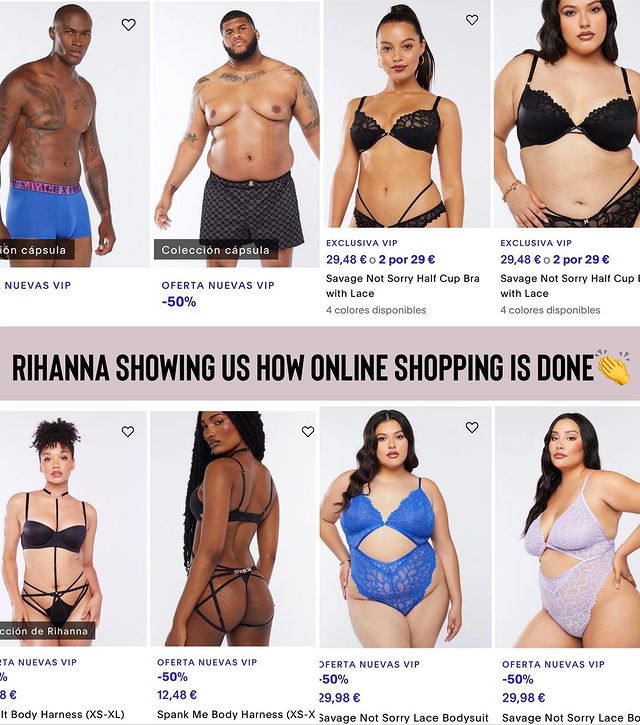
H&M’s “Close the Loop” Campaign
With its “Close the Loop” campaign that used recycled materials, H&M reacted to the increasing demand for sustainable collections. This not only sent a signal of support for environmental protection and the fight against climate change, it was also launched with alternative models. Although the campaign lies a bit in the past, the avant-garde approach should still be acknowledged. At the time, 23-year-old Mariah Idrissi quickly became the centre of attention because she appeared in the campaign wearing a hijab.
This revolutionary statement instantly spread all over the media, and it soon became clear that fashion should not exclude certain skin colours or religions. Fashion should always be a way of expressing your personality and break all taboos. The message was mainly the liberalisation of fashion in modern times. At the same time, the campaign’s promotional videos showed different kinds of alternative models, for example an amputated boxer. The video defies many conventions we still accept as the norm today, which is what makes it so exciting.
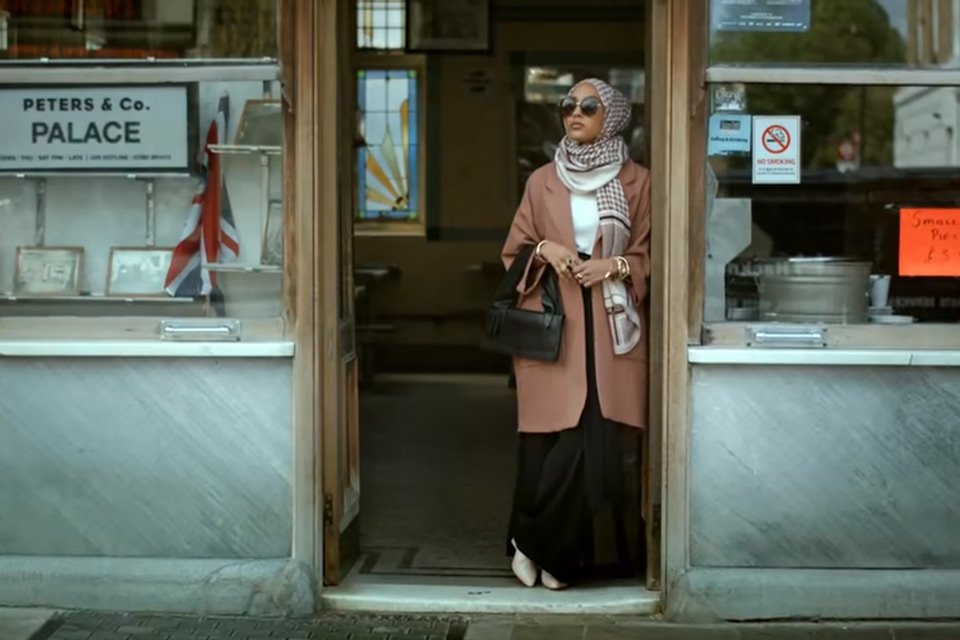
Why Alternative Models Can Change the World
It’s as the saying goes, rules are meant to be broken; that’s exactly what makes alternative models so appealing. The fashion industry has been shaped by rigid conditions for so long that at some point all successful models started looking more or less the same − whether in catalogues, on billboards or in printed ads, you’d always see the very same type. This not only had a negative effect on people who couldn’t identify with what these models looked like, but it also meant that models who looked different never really had a chance. But alternative models represent many different backgrounds, types and styles in our society, and being different is celebrated much more today than just a few years ago. And this is a development we can all be proud of.
Tattoo Models
What are tattoos if not an expression of who you are? And this is what being a tattoo model is all about. Most requests come from the fashion, movie and photo industry, and mainly depend on the model’s character. More than ever, the focus is on having “it”, something that sets you apart − which is why they are often called character models. The artwork on their skin often talks about different chapters in their lives and every single tattoo has a story. Additionally, individual style and expressiveness are crucial features.

Piercing Models
Piercing models are booked to present their various body piercings. Coordination skills and the ability to express yourself are important qualities. For piercing models, it is important to freeze in certain poses for a stretch of time without moving to get clear shots, which is especially important for close-ups. Piercing models look very unique, so to become one, it is important to get information about possible assignments beforehand and constantly work on self-promotion. Often, piercing models are also booked as tattoo models at the same time.

Plus-size Models
The growing acceptance of plus-size models in the fashion industry has been another important step towards more diversity. It is an alternate category that shouldn’t even be one, as it comes without strict size requirements or the health risks of the norm. After centuries of unrealistic expectations and the hourglass-mantra, the emphasis is finally on personality, charisma and versatility. The American Ashley Grayham became famous as the first plus-size model who conquered the catwalks by a storm as a size 44 in 2016. Her success helped her spread the message of the Body Positivity movement. Others are Tess Holliday and Felicity Hayward, whose goal it is to point out that everybody is beautiful. You can read more about this here.

Transgender Models
Transgender people have become more and more popular in the media over the last few years; audiences are captivated by the many wonderful coming-out stories. Although there are differences in popularity between individuals, overall transgender models have become increasingly popular in the industry. It is worth keeping an eye on it, as this category with its versatile qualities is going to capture the modelling market.

Physically Handicapped Models
For many people with physical impairments, starting a modelling career seems difficult - if not impossible altogether. For one, there are the rigorous standards that make it next to impossible for people with disabilities to live their dreams, but there is also the fact that they are often still seen as a minority. This is why it is all the more gratifying that there have been many examples demonstrating the opposite. Their stories are truly inspiring and show that with a lot of willpower and hard work, anything is possible.
Jillian Mercado
Jillian is one of the best-known models with a physical disability. Due to muscular dystrophy, she is in a wheelchair. As a fashion merchandising student, she was looking for modelling jobs for wheelchair users, but at that time she couldn’t find any. Since then, she has become an avant-garde model for Diesel and Beyoncé, and stands for the chance of being able to make any of your dreams come true.

Aimee Mullins
Aimee was one of the first amputees in the modelling industry. She first became famous as an American track and field athlete, but in the late 1990s, she went on to present several items in Givenchy’s collection. Although her performance was seen as very controversial and provocative, Aimee managed to get established as an international model. She has been the face of L’Oréal Paris and Vogue. With her prosthetic legs, she had her breakthrough despite all odds.
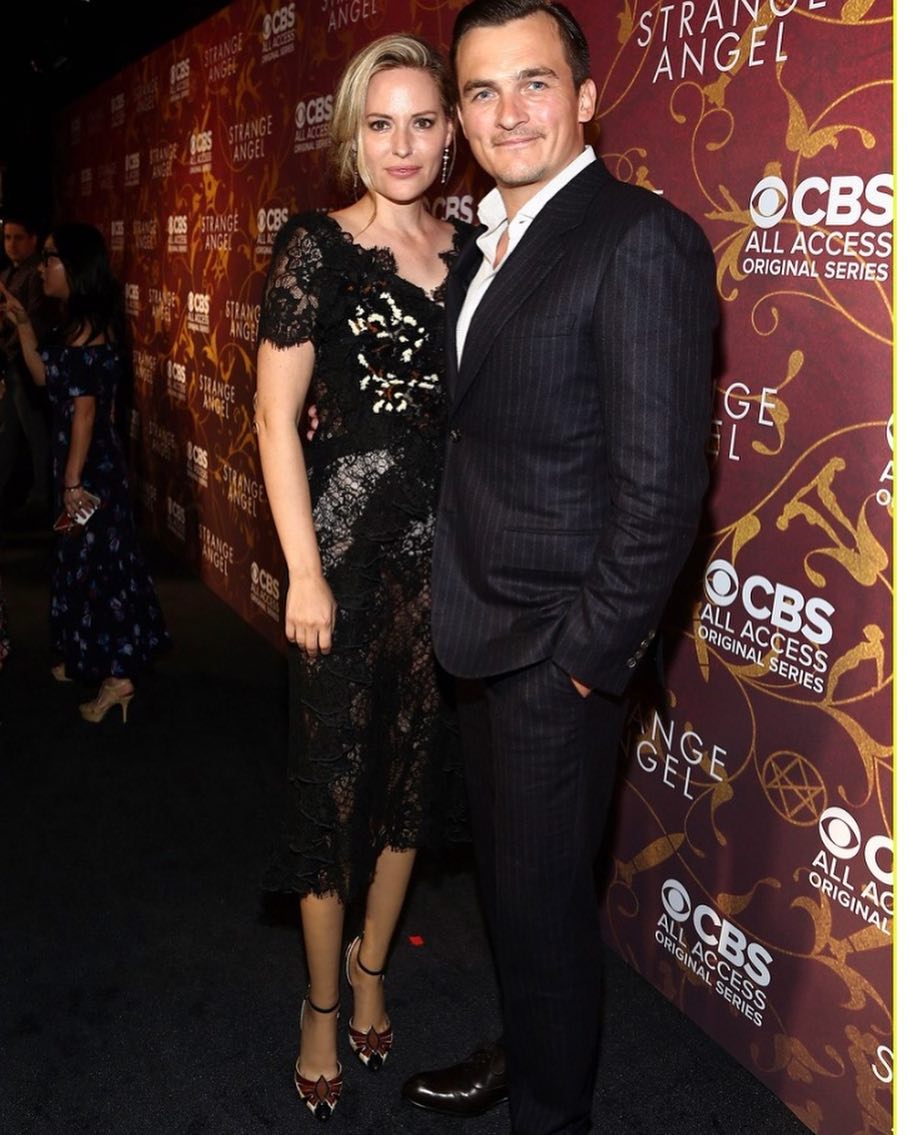
Winnie Harlow/ Chantelle Brown-Young
Winnie Harlow, born as Chantelle Brown-Young, was diagnosed with vitiligo as a child, a skin condition that causes patches of the skin to lose their pigment. She became famous as a contestant on America’s Next Topmodel and through her appearance in Eminem’s music video “Guts Over Fear”. Since then, her modelling career has skyrocketed. Winnie spends her time hosting seminars for young women with low self-esteem. In her Instagram profile, the young woman describes herself as “living with integrity”, which makes her even more likeable.

Tamara Röske
Tamara Röske is a very special alternative model. As a young girl with Down syndrome, it was her dream to become a model. While she is still waiting for her breakthrough on the catwalk, she is working hard on improving herself, and she firmly believes that she can become the next Kate Grant, who rose to fame as the first model with Down syndrome. She has already made her first appearances in smaller roles in German movies like “Fack ju Göhte” and in the series “Murder by the Lake”.
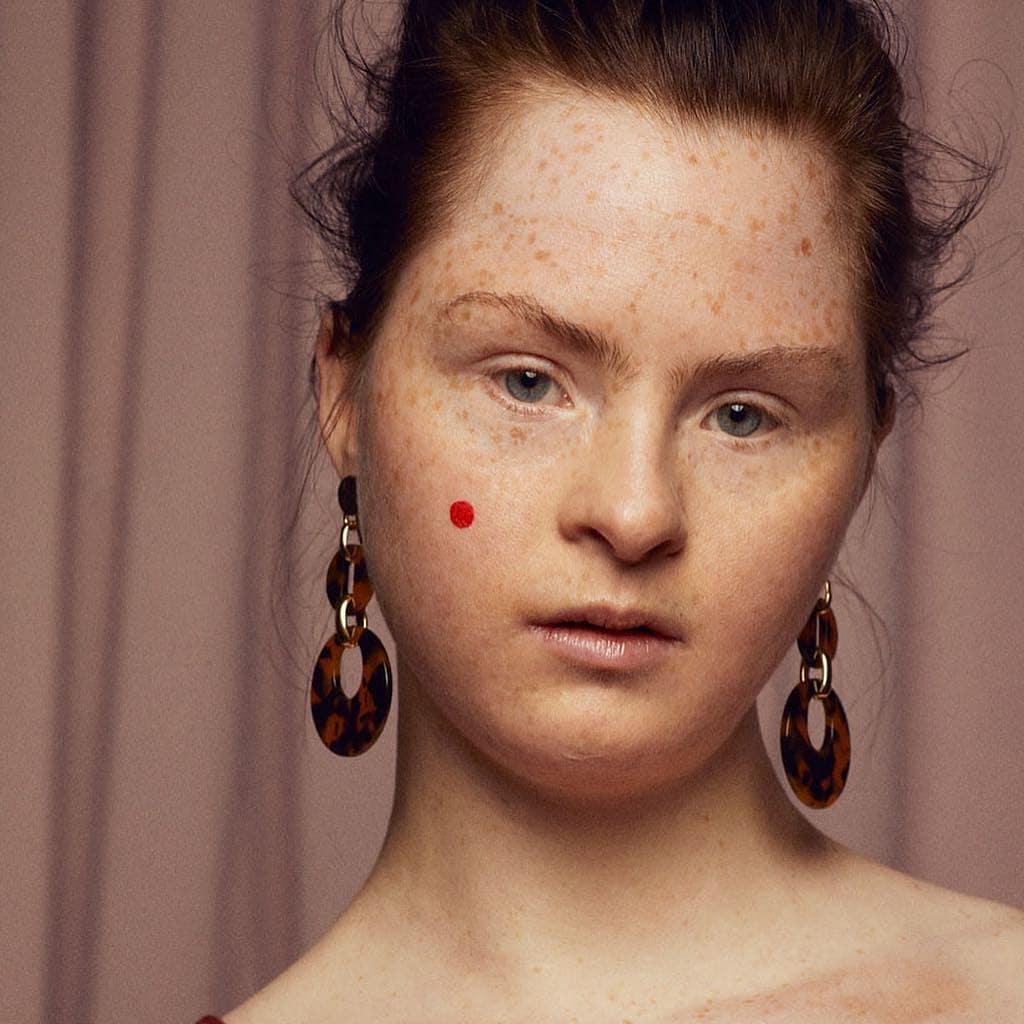
Conclusion
We don’t have to explain the extraordinary nature of the campaigns and people mentioned in this article in detail; it is self-evident. We have to admire people who can change the world with their ambitions, which can even happen in a field as convention-driven as the modelling industry. All that’s left to say is: respect to everyone who has the courage to use their uniqueness to be a role model for others. You make the world a better place!

